CONTACTS! ? Seriously! Curry has a condition called #keratoconus in which the cornea, normally a circle, progressively thins and takes on a cone shape. When the cornea has a cone shape, it is unable distribute the light entering the eye equally and leads to blurred or distorted vision. Schedule an annual eye exam with our ? doctors and you too can become a shooting legend like Steph Curry (sorry, no guarantees ?)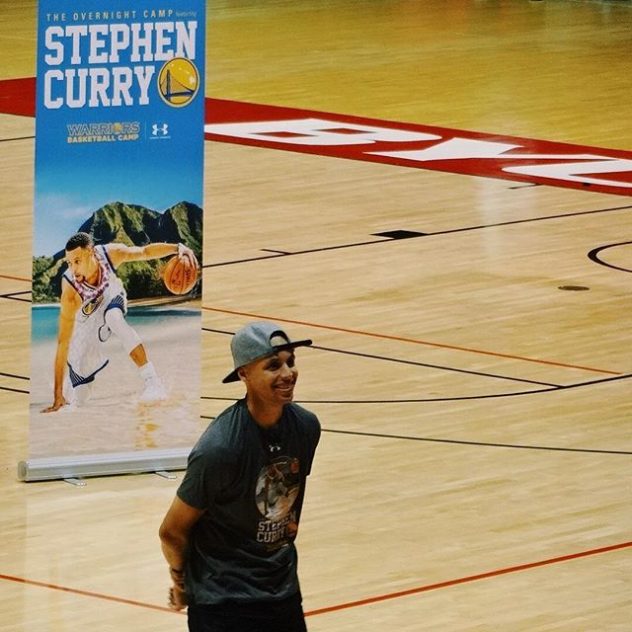
Who wants longer eyelashes? ??♀️??♀️
Schedule an appointment with our ?docs and ask them if Latisse is right for you! #alamoanaeye
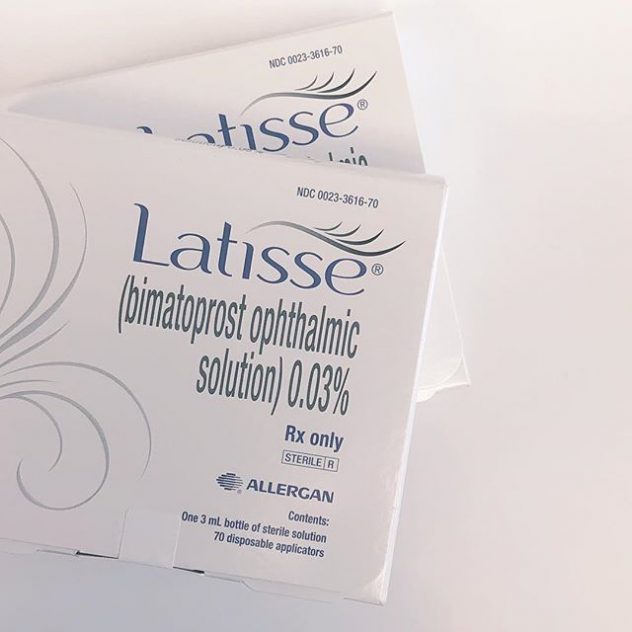
Starting this work week with the essentials: coffee ☕️, pastry ?, and cute sunglasses ? #alamoanaeye

Office Closed for Kuhio Day
Our office will be closed on March 26, 2018 for the Kuhio Day holiday. We will reopen the office at 8:30 am on Tuesday March 27, 2018.
Proper Eyewear and Healthy Vision Crucial for Athletes’ Performance
Spring is here, and kids everywhere are gearing up for another season of their favorite spring sport – baseball, soccer, softball and lacrosse. It’s estimated that more than 21 million kids between 6 and 17 are active in at least one sport. While parents go to extreme efforts to make sure they have the correct protection of guards and gear, one safety precaution is often overlooked.
Ensuring safe vision for youth participating in sports is essential. That’s why Dr. Daniel Yamamoto is sharing some key considerations for the upcoming spring season/this season of Little League:
- Schedule an appointment: The school eye screening is simply not enough. For sports that involve throwing, kicking and catching, kids need a regular, in-person comprehensive exam that will focus on depth perception, contact lens wear, binocularity (how eyes work together as a pair), peripheral vision and more. It’s the best way to ensure your child’s eyes are healthy and their vision is ready to play.
- Use appropriate safety eyewear: In addition to getting the right protective headgear, children need to have the right eye protection gear. For children with glasses, provide a pair without metal frames to avoid potential injuries due to activities such as getting hit with a ball. To prevent injury, athletes are advised to wear eye protection that may include safety glasses and goggles, safety shields, and eye guards designed for a particular sport and that meet American Society for Testing and Materials (ASTM) standards. These types of protection are designed to be impact resistant without clouding an athlete’s vision.
- Sun Protection: Wearing a hat is helpful, but will only get you so far. The AOA’s 2017 Eye-Q survey found that three out of ten Americans don’t wear sunglasses while playing outdoor sports. Sunglasses that offer 100% UV protection are important to protect eyes from sun damage.
By visiting Dr. Daniel Yamamoto regularly for comprehensive eye care, athletes can perform their best on the court or field with clear and healthy vision, as well as be sure their eyes are protected and, hopefully, bring home a win.
Did you know we sell these #ocusoft products in our office?
Make an appointment with our doctors to see if these are right for you! ?#alamoanaeye
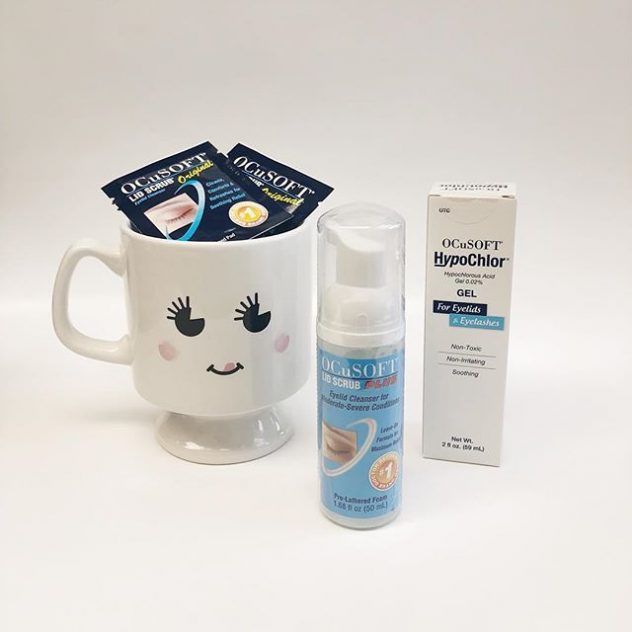
Happy #AlohaFriday and #InternationalWomensDay ???? #alamoanaeye

View on Instagram https://ift.tt/2VPwhv9
The perfect combo for this Wednesday ?? #alamoanaeye
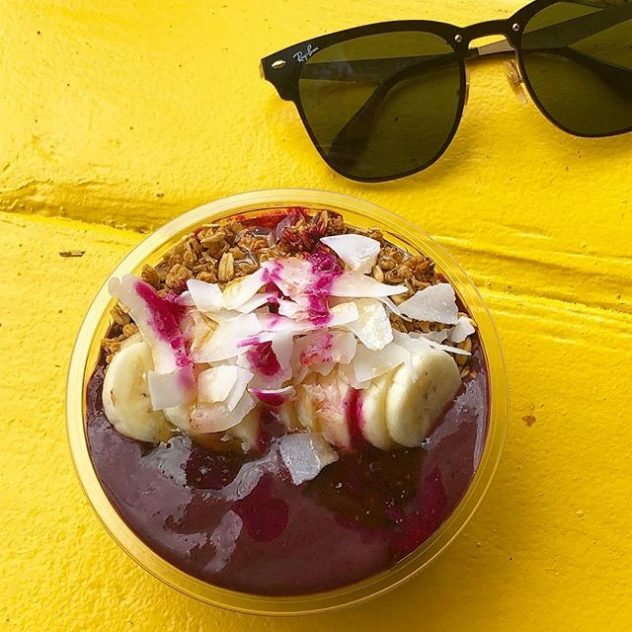
Our Solution for You from HOYA Progressive Lenses
iD LifeStyle 2 Lenses are made possible by HOYALUX iD technology. They have a patented approach to lens design based on the understanding that no two eyes are exactly the same. Here are two options:
 CLARITY
CLARITY
For active individuals who frequently shift their focus between near and far objects.
Clarity lenses are designed to meet the visual needs of those who lead active lifestyles, providing wider and clearer fields of vision when looking ahead and into the distance.
If you’re a sports or outdoor enthusiast – or you’re just “on-the-go” all the time – and fine print is becoming more difficult to read, ask us if Clarity lenses are right for you.

HARMONY
Folks who primarily focus on objects and tasks that are regularly arm’s length away will find Harmony lenses a good choice. Harmony lenses are designed for those who already wear progressive lenses, and are seeking additional comfort with transitions between near, intermediate and distance viewing.
If you frequently perform tasks at arm’s length – like reading a book or using a tablet device – and you’d appreciate a broader, more comfortable near zone of vision to help you see the details, ask us if Harmony lenses are righ
Acuvue Oasys with Transitions

Introducing ACUVUE® OASYS with Transitions™ Light Intelligent Technology™. It’s the first-of-its-kind contact lens that can sense lighting conditions in your environment and seamlessly adapts from clear to dark to provide all-day soothing vision.
Meet the newest innovation in vision technology, only from ACUVUE®.
Closed for President’s Day February 18, 2019

In observance of the President’s Day holiday, our office will be closed on February 18, 2019 and will reopen on February 19, 2019.


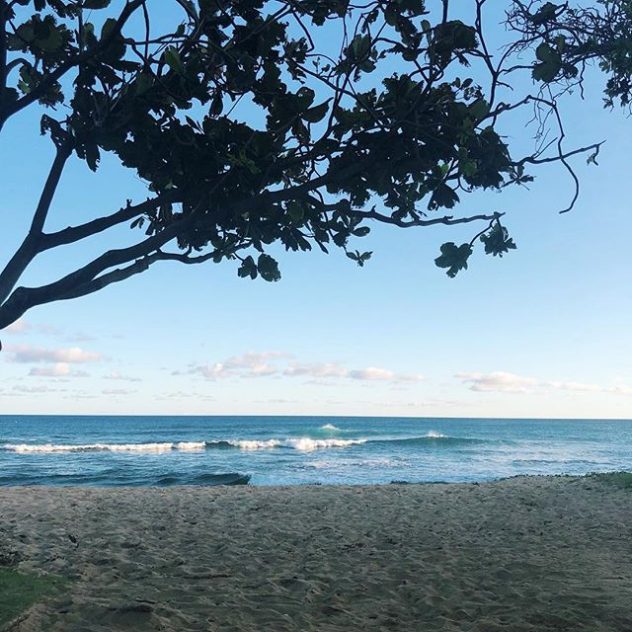

 CLARITY
CLARITY